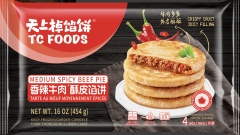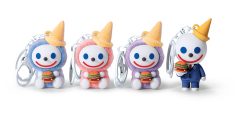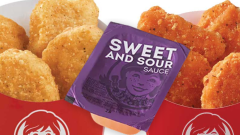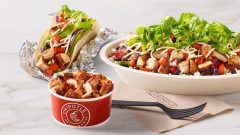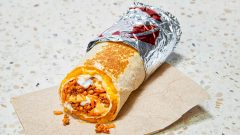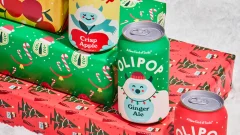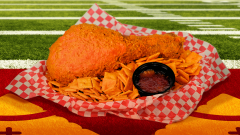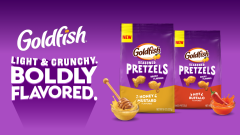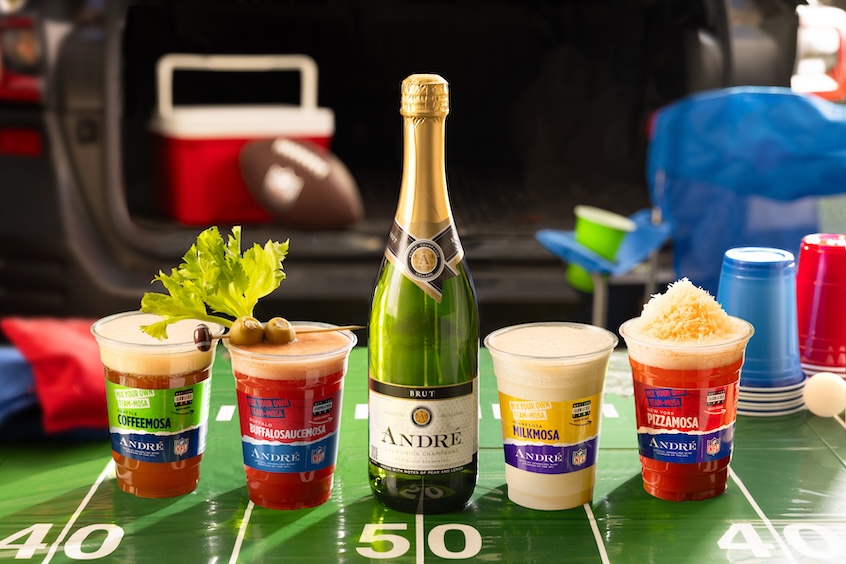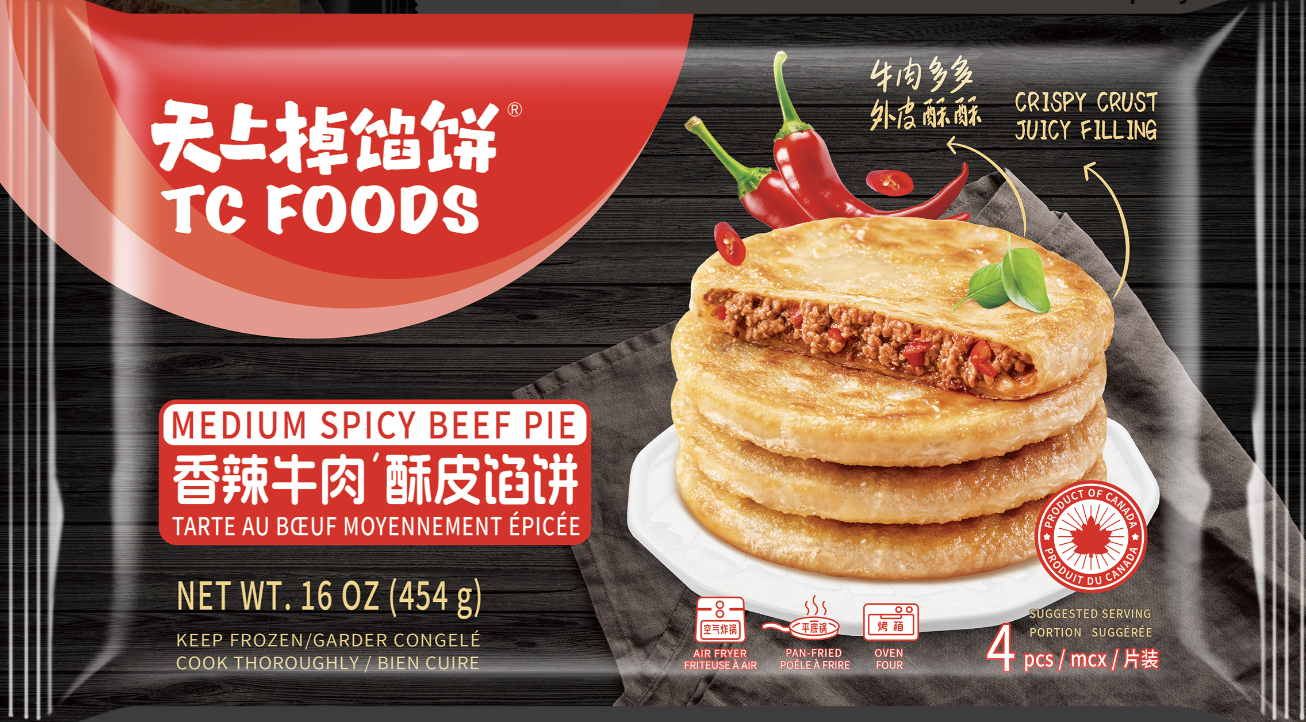Bugs, Butt, and Other Weird Food Additives You’ve Probably Eaten Today
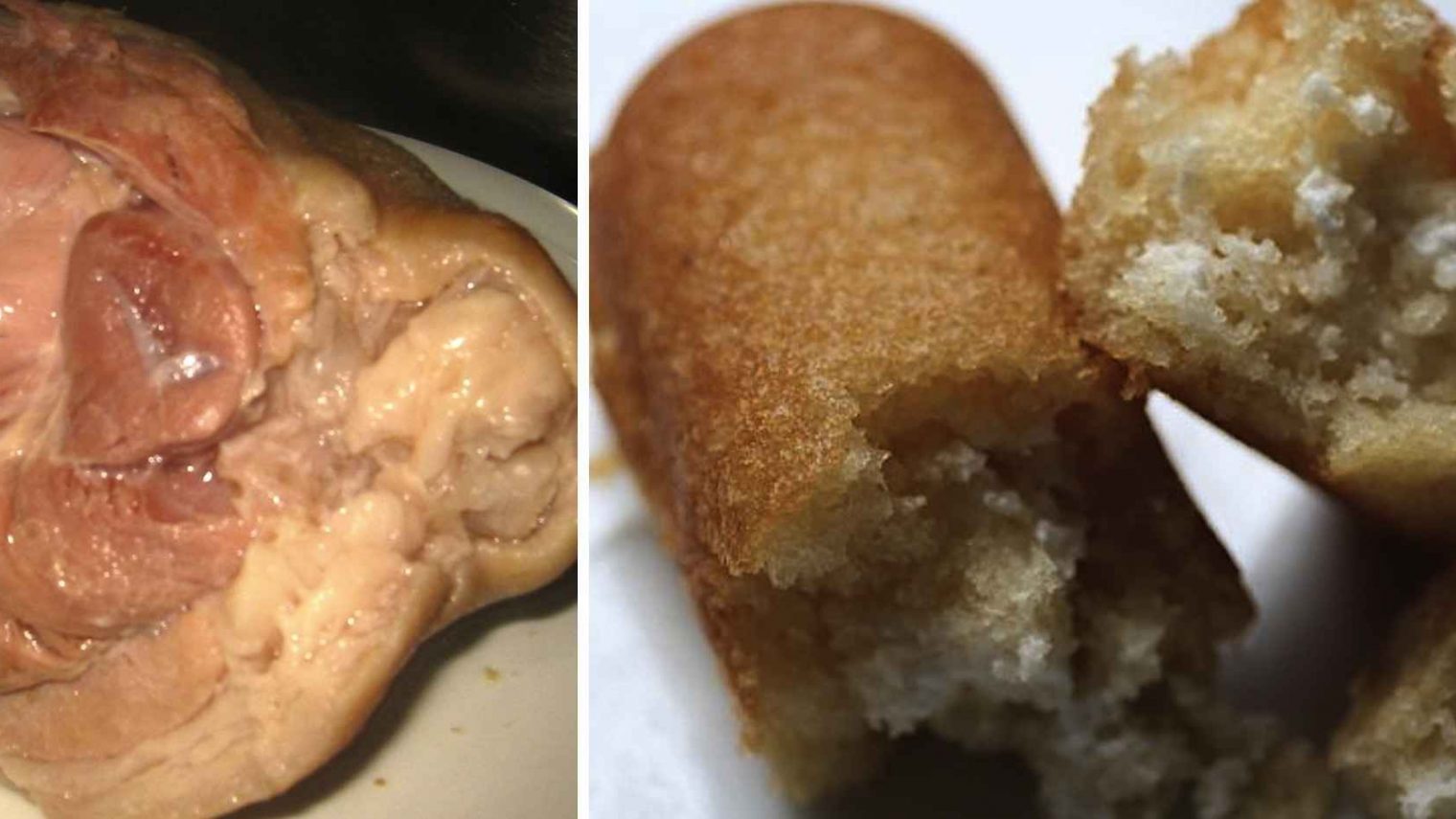
People are willing to eat all kinds of weird stuff, but often we’re eating all kinds of weird stuff when we think we’re eating something totally normal. Like gum. Or Jell-O. But hey, if it tastes delicious, what’s the harm in a little secretion from a pig’s anus? Here are 10 very weird things manufacturers put in very normal-seeming food. Now pass the anus candy.
——————-
Artificial Raspberry Flavoring Comes From Beaver Butt Juice

Yes, it’s pretty effin’ weird that one of the things that makes artificial raspberry flavoring in sodas and candy taste raspberry-y is castoreum, something that is exuded from a beaver’s anal glands. What’s even weirder is that this discovery was the result of somebody venturing to taste a beaver’s anal gland secretions.
——————-
Crushed Beetles: Tons of Red Food Products

One of the most commonly used ingredients in red food coloring is flakes of mashed-up beetles, and not the kind of mashed-up Beatles Danger Mouse did when he combined The White Album with Jay-Z’s Black Album. Still, we’re willing to bet that Ringo loves him some red velvet cake.
——————-
Dog Vagina Pheromones: Beer and Wine

Ever wonder why Spuds McKenzie loved beer so much? Beer and wine often contain a preservative called methylparaben, which, in addition to keeping booze fresh, is also a pheromone found in dog’s vaginas. Does that make us all Eskimo brothers with Spuds?
——————-
Sheep Juice: Gumballs

Often referred to as “gum base”, the stuff that makes your favorite gumball so gummy is actually a substance known as lanolin, which is an oil found in sheep’s wool. Interestingly, that makes gum yet another instance of lamb going great with mint.
——————-
Shellac: Jellybeans

More bug secretions! This one begs a very important question: would you rather be cool with eating something coated with a resin often used in furniture polish, or would you rather eat not-shiny jellybeans? We know you know the answer to that.
——————-
Hair: Bread

Bread, like the glorious mane of one Carrot Top, needs to be bouncy and moist. So it should be no surprise that mass-produced bread products are baked with hair… more specifically, through an amino acid called L-cysteine, which is most commonly extracted from hair, but can also be found in feathers. Carrot cake, anyone?
——————-
Polydimethylsiloxane: Chicken Nuggets

This silicone product is pure magic, showing up in everything from Silly Putty to Pamela Anderson’s boobs. It also shows up in chicken nuggets, where it acts as a bonding agent for those chicken parts. Sadly, it fails to explain why you can’t copy newsprint by pressing a McNugget against it.
——————-
Sand: Chili

You ever eat a cake made of sand? Hell no, you say!? That’s because sand is an anti-caking agent. It’s also used in mass-produced chili, kind of like the stuff sold by a certain fast-food chain with a red-headed mascot who looks like she’s never set food on a beach in her life.
——————-
Bones: Jell-O

Ever see Bill Cosby hanging out with hardcore vegans? Let’s wildly speculate that it’s because the Cos shills a delicious treat that has ground bones and skin as one of its ingredients. So, technically and despite its jiggly nature, Jell-O kinda has a bone structure. Oh, and you might wanna avoid non-vegan sugar, as well.
——————-
Beef Fat: Twinkies

Beef: it’s what’s for dinner. And apparently dessert, because one of the things that makes Twinkies one of the most enduring (hell, they even resurrected them) and delicious snacks is beef fat. Which explains why you never see vegans eating Twinkies with Bill Cosby, actually. This conspiracy runs DEEP.
Andy Kryza is Thrillist’s National Eat/Drink Senior Editor, and has proudly lived vegetable-free since 2001. Follow his adventures/slow decline via Twitter at @apkryza.




